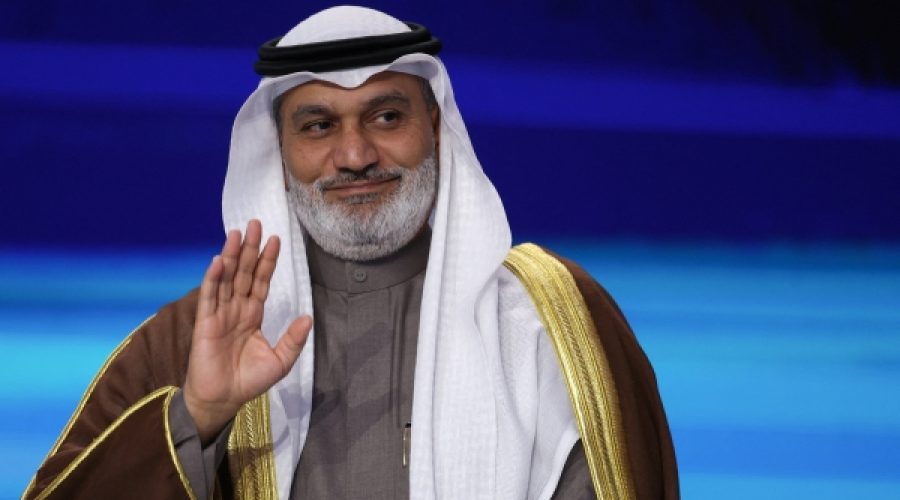23% Surge in Energy Demand by 2030: Key Implications for Investors and Businesses in Oman
OPEC Secretary General Haitham Al Ghais emphasized the essential need for increased investment in the oil and gas sectors during his address at the Russian Energy Week conference in Moscow on Wednesday. He projected that oil will continue to represent approximately 30% of the global energy mix by 2050.
Al Ghais pointed to a combination of economic growth, population increase, and urbanization as indicators that global energy demand will significantly rise. He forecasted a 23% increase in primary energy demand by 2050, highlighting the need for a robust energy supply in light of these trends.
Although acknowledging the current global turbulence, he remarked, "Yes, it’s a turbulent world and a lot is going on, but that’s a constant. And for us in OPEC, the constant is our ability to maintain focus on the technical, sound, detailed analysis that we perform."
OPEC’s projections tend to be more optimistic than those of other industry analysts. Unlike the International Energy Agency, which anticipates peak oil demand by 2029 and a potential supply surplus of up to 4 million barrels per day by 2026, OPEC expects a slower transition away from fossil fuels.
In related developments, OPEC+—which includes OPEC members, Russia, and other allies—is increasing crude oil production following decisions to more swiftly reverse certain output cuts. This additional supply has raised concerns about a surplus, consequently putting downward pressure on oil prices this year.
Reporting by Youssef Saba in Dubai, Vladimir Soldatkin, and Olesya Astakhova in Moscow; Writing by Ahmed Elimam; Editing by Louise Heavens and Emelia Sithole-Matarise.
Special Analysis by Omanet | Navigate Oman’s Market
OPEC’s forecast of 23% growth in primary energy demand by 2050 suggests that businesses in Oman should prepare for increased energy-related opportunities, particularly in oil and gas sectors. However, with potential supply gluts looming and the global transition toward alternative energies, smart investors must strategically assess the balance between traditional energies and emerging technologies. As the energy landscape evolves, there’s a notable risk of volatility in oil prices that could impact broader market stability.



